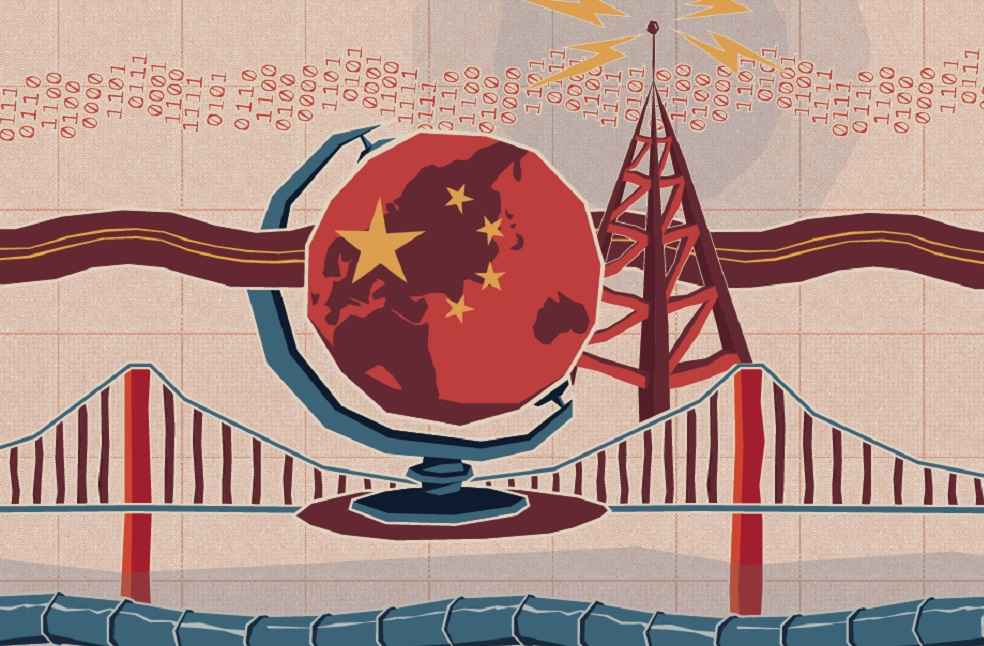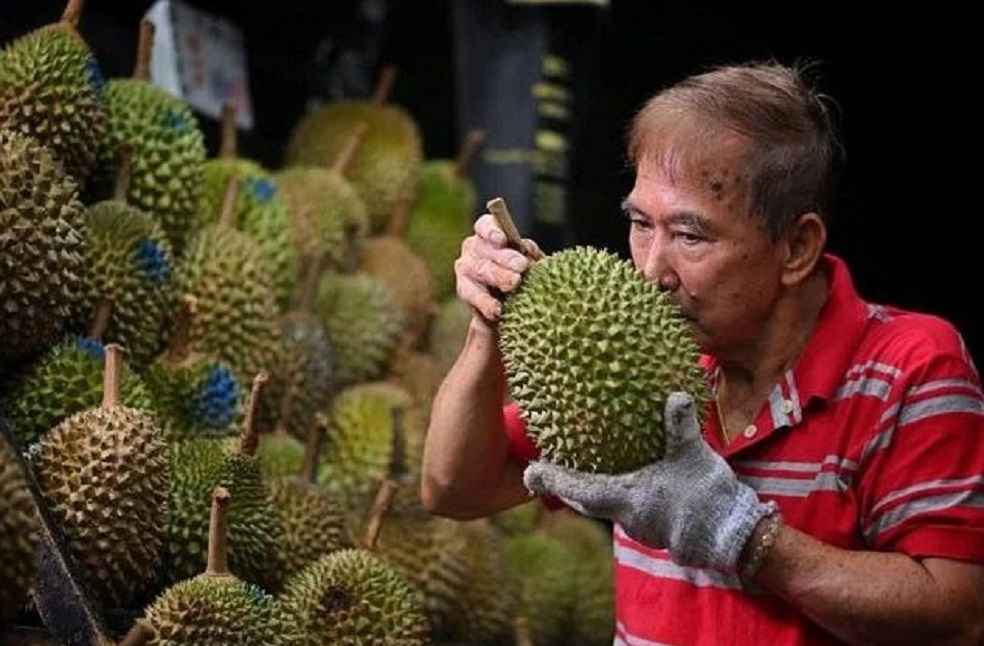The China-Laos Railway, a flagship project under the Belt and Road Initiative (BRI), is playing a pivotal role in deepening trade cooperation between China and Southeast Asia, with a marked impact on agricultural exports, particularly Thailand’s durian trade.
According to a report published Sunday by the official WeChat account of China State Railway Group, the railway has facilitated a 25% year-on-year increase in the volume of Thai durian and other tropical fruits imported into China through the Mohan border checkpoint in Yunnan Province. Experts credit the surge to the railway’s enhanced transportation capacity and improved customs clearance efficiency.

Launched in January 2022, the China-Laos Railway’s express service has reduced transportation costs for Southeast Asian fruits by 60% compared to traditional overland routes. These cost savings have translated into lower prices for Chinese consumers. A vendor at Beijing’s Xinfadi wholesale market noted that the retail price of premium durian varieties like Golden Pillow has dropped from 1,100–1,200 yuan ($153–$167) to 730–780 yuan, reflecting a significant price decline.
Xu Liping, director of the Center for Southeast Asian Studies at the Chinese Academy of Social Sciences, said initiatives like the China-Laos Railway are reshaping regional trade by reducing time-to-market for perishable goods and creating more efficient logistics pathways. This not only benefits Thai exporters but also supports China’s consumer market amid a growing trend of consumption upgrading.

Thailand’s agricultural exports, especially durian, mangosteen, longan, and rice, are enjoying growing popularity in China. Bilateral trade between the two countries reached $133.98 billion in 2024, a 6.1% year-on-year increase, according to China’s General Administration of Customs.
Thailand is stepping up efforts to expand agricultural exports to China, with rice and cassava identified as strategic priorities, said Commerce Minister Pichai Naripthaphan in a Bangkok Post report. These moves align with the broader objectives of the BRI, aiming to boost regional connectivity and economic cooperation.
Xu also emphasized the strategic role of broader regional frameworks such as the China-ASEAN Free Trade Agreement and the Regional Comprehensive Economic Partnership. These platforms are not only facilitating greater market access for Southeast Asian exporters but also encouraging technology transfer and cross-border investment, he noted.
METAL WORLD | China Offers Green Channel to Ease Rare Earth Exports to EU



